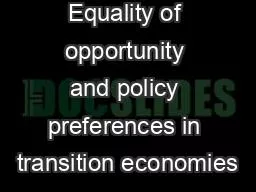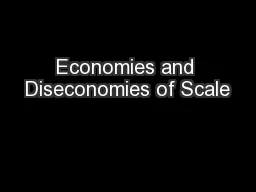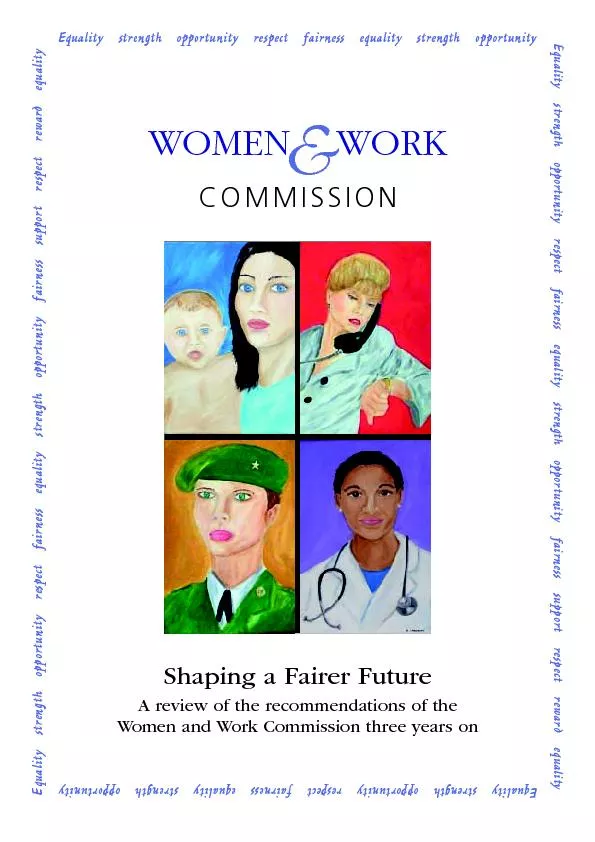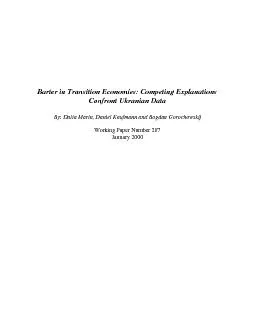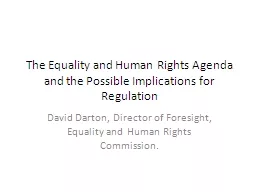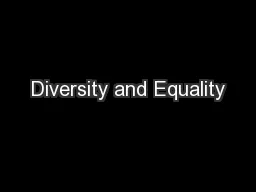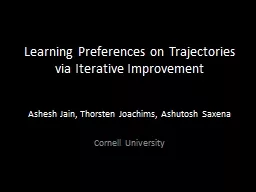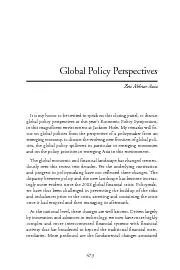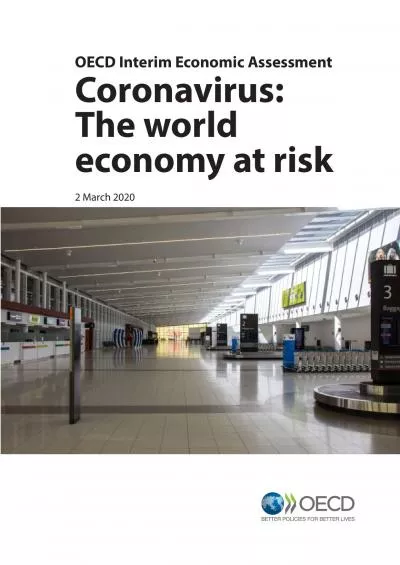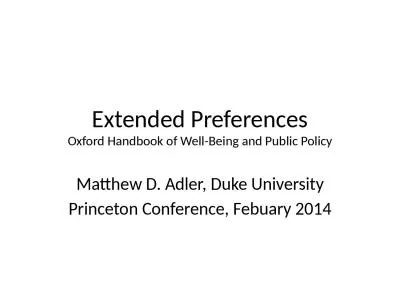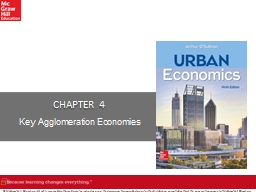PPT-Equality of opportunity and policy preferences in transition economies
Author : interviewpsych | Published Date : 2020-07-04
Vito Peragine University of Bari Twelfth Winter School on Inequality and Social Welfare Theory Alba di Canazei December 912 2017 The reading list 1 Equality
Presentation Embed Code
Download Presentation
Download Presentation The PPT/PDF document "Equality of opportunity and policy prefe..." is the property of its rightful owner. Permission is granted to download and print the materials on this website for personal, non-commercial use only, and to display it on your personal computer provided you do not modify the materials and that you retain all copyright notices contained in the materials. By downloading content from our website, you accept the terms of this agreement.
Equality of opportunity and policy preferences in transition economies: Transcript
Download Rules Of Document
"Equality of opportunity and policy preferences in transition economies"The content belongs to its owner. You may download and print it for personal use, without modification, and keep all copyright notices. By downloading, you agree to these terms.
Related Documents

